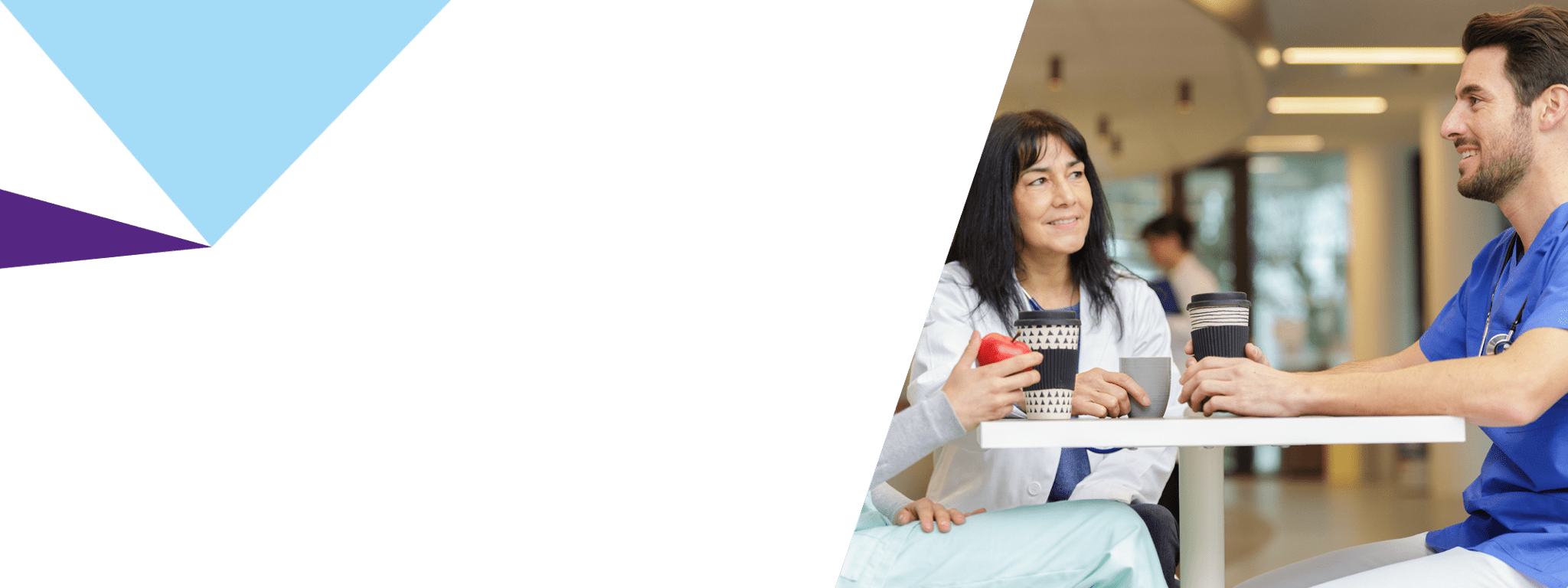- Date:
- 29 Mar 2022
How to use this toolkit
This toolkit is for:
- defined entities under the Gender Equality Act (2020)
- any organisation in Victoria wanting to apply a gender lens to their work.
This toolkit:
- provides a step by step guide to conducting a best-practice gender impact assessment
- is flexible so that you can choose the information that best meets your needs
- recognises that the size and experience of your organisation as well as the impact of the policy, program, or service you are assessing will affect the time you spend on each step
- contains tailored guidance for different types of organisations
- includes useful resources, practical tips and templates.
You can either step through the toolkit via the navigation cards below or download the PDF version to the right of this page.
Note: As this is a best-practice toolkit, you’re not required to use it to be compliant with the Gender Equality Act 2020.
Templates
The toolkit should be used in conjunction with the templates resources below to support gender impact assessments. Using the templates provides a useful record for reporting and can assist with demonstrating your compliance with the Gender Equality Act. You can use a PDF or Word version:
Data sources for Step 2
A list of Data sources for conducting a gender impact assessment is available to assist with gathering information and evidence as part of step 2 'understand the policy context' of the gender impact assessment process. The list contains statistics and data sources from a range of areas that may help organisations think critically about the different experiences of women, men, and gender diverse people.
Introducing gender impact assessments
This page introduces gender impact assessments - why they are important and what the Gender Equality Act requires you to do.
How do I conduct a gender impact assessment?
An overview of the gender impact assessment process.
Step 1: Define the issues and challenge assumptions
This step looks at what issue you are aiming to address and how gender shapes the issue.
Step 2: Understand the policy context
This step helps you think about what information you need, how you can use data and research to get the information, and the importance of consultation.
Step 3: Options analysis
This step asks you to describe your policy options including gendered benefits and costs, and assess the overall gender impact of the options.
Step 4: Recommendation
This step is about making a final recommendation based on your analysis.
Updated
